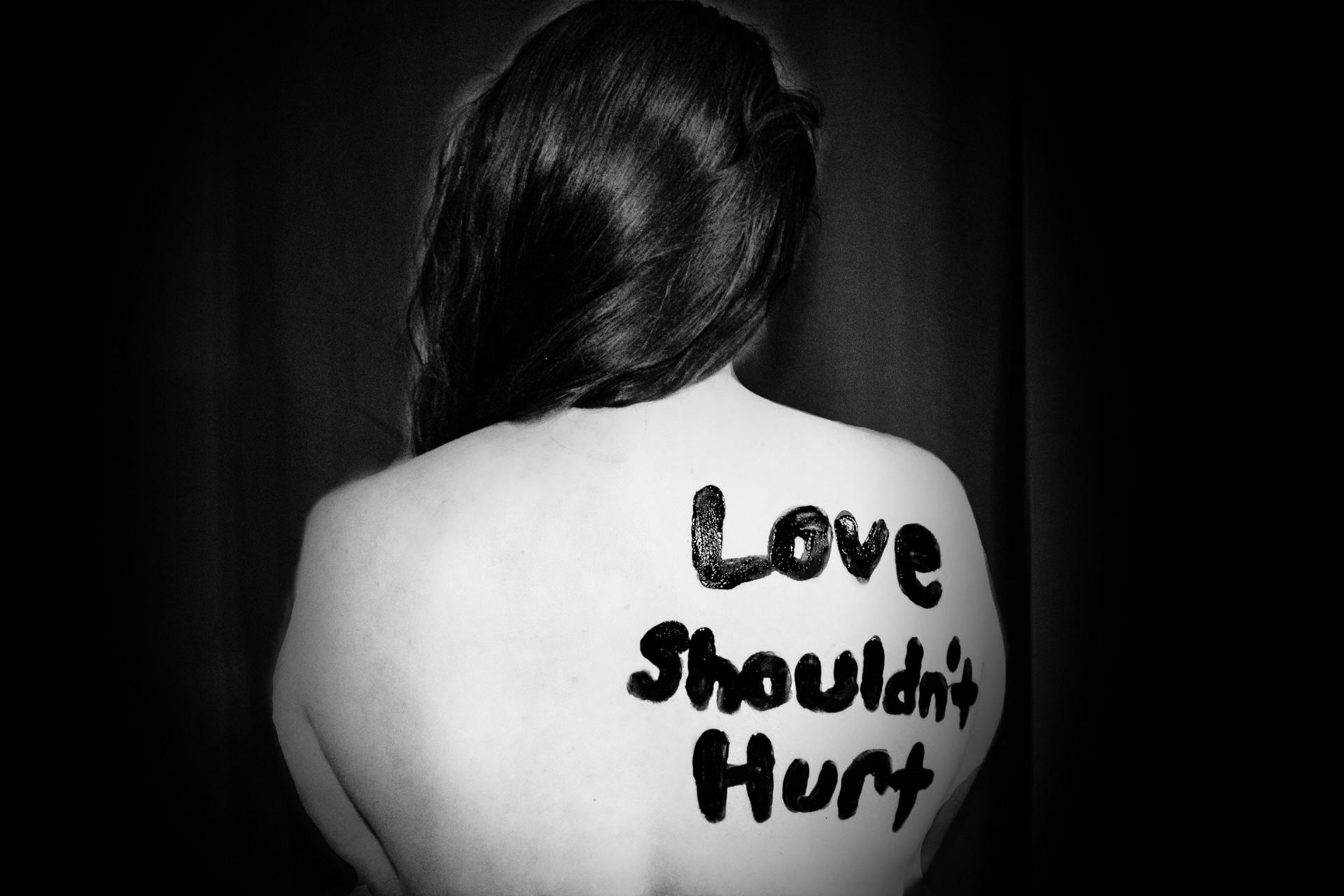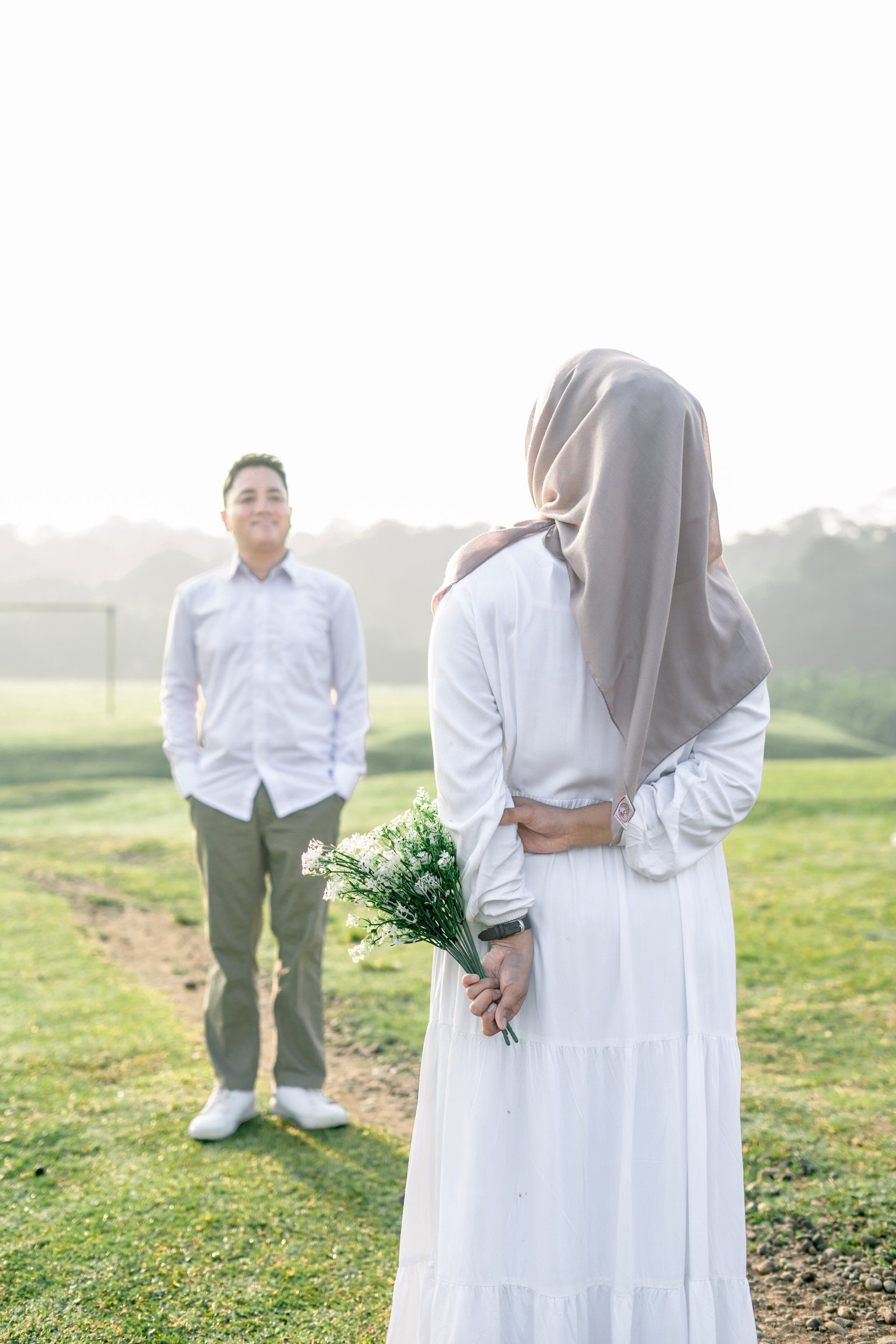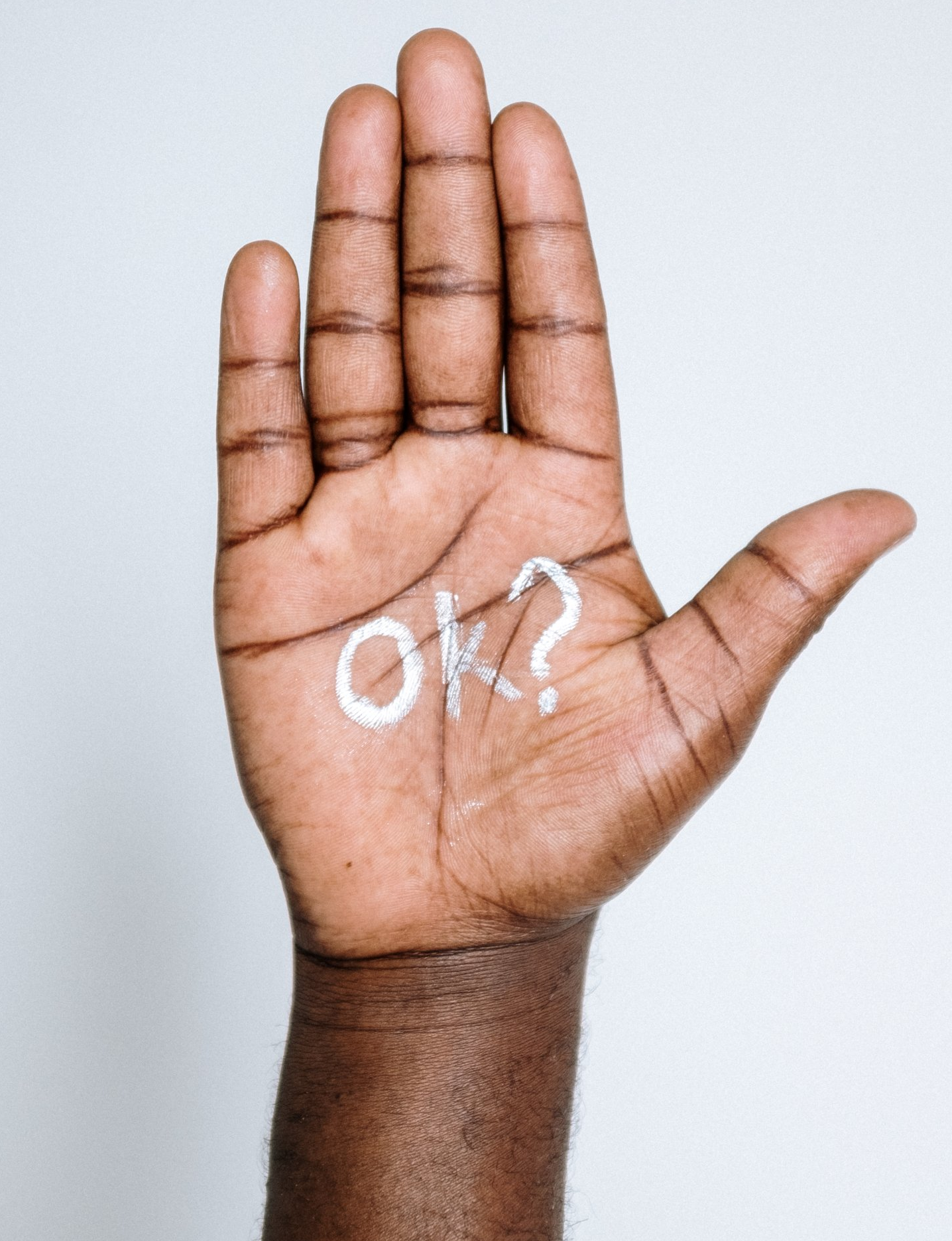Protection Orders and Family Violence

Introduction
Family violence is a widespread issue within our society. An individual who is subjected to family violence usually faces detrimental and long-lasting effects. Close family members or children are usually also negatively affected. It can be very difficult for a victim of family violence to “break the cycle” and take the necessary steps to protect themselves and their loved ones from future family violence reoccurring.
Protection from family violence
Family violence occurs between individuals who are in a family relationship. A family relationship includes two people who are partners or spouses, family members, sharing a household (more than just living in the same building), or are otherwise in a close personal relationship.
Family violence can occur in different ways including:
·Physical - Such as punching, kicking or throwing things;
· Sexual – Such as saying sexual things, forcing you to look at pornography or any other kind of unwanted sexual contact;
·Psychological (mental) – Such as intimidating, threatening or harassing behaviour, hurting household pets or limiting your financial resources.
Protection Order
A protection order is a formal court order granted by the Family Court which is designed to protect a victim of family violence from the occurrence of future family violence. A protection order names the person who has been violent or abusive (respondent) and provides conditions for that person not to be violent or abusive towards the person who applied for the order (applicant).
There are various other conditions that an order could include such as non-contact conditions and restrictions around the use and possession of firearms. A respondent who breaches any such conditions of a protection order may face criminal charges.
In cases of urgency the Family Court may make a temporary protection order immediately on the application of the victim of family violence if the Court is satisfied that there is a risk of harm or undue hardship to the applicant or any child of the applicant’s family. If a temporary protection order is granted, it will automatically become a final order 3 months after the date on which the temporary order was issued by the Court. In such cases the respondent will have an opportunity prior to the order being made final to apply for a discharge. The dispute will then proceed to a court hearing to determine whether the order should be final or discharged.
What to do in cases of family violence
Applying to the Family Court for a protection order or responding to an application made against you for a protection order can be an extremely daunting process. If you are being subjected to family violence we recommend you seek help as soon as possible.
If you would like to know more about the process or are seeking assistance, our team at Ward Adams Bryan-Lamb would be happy to assist.











